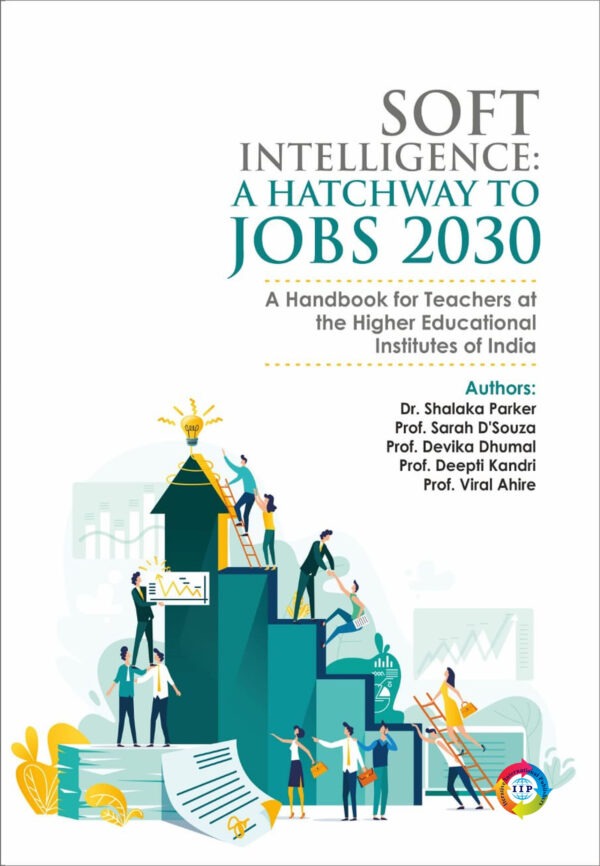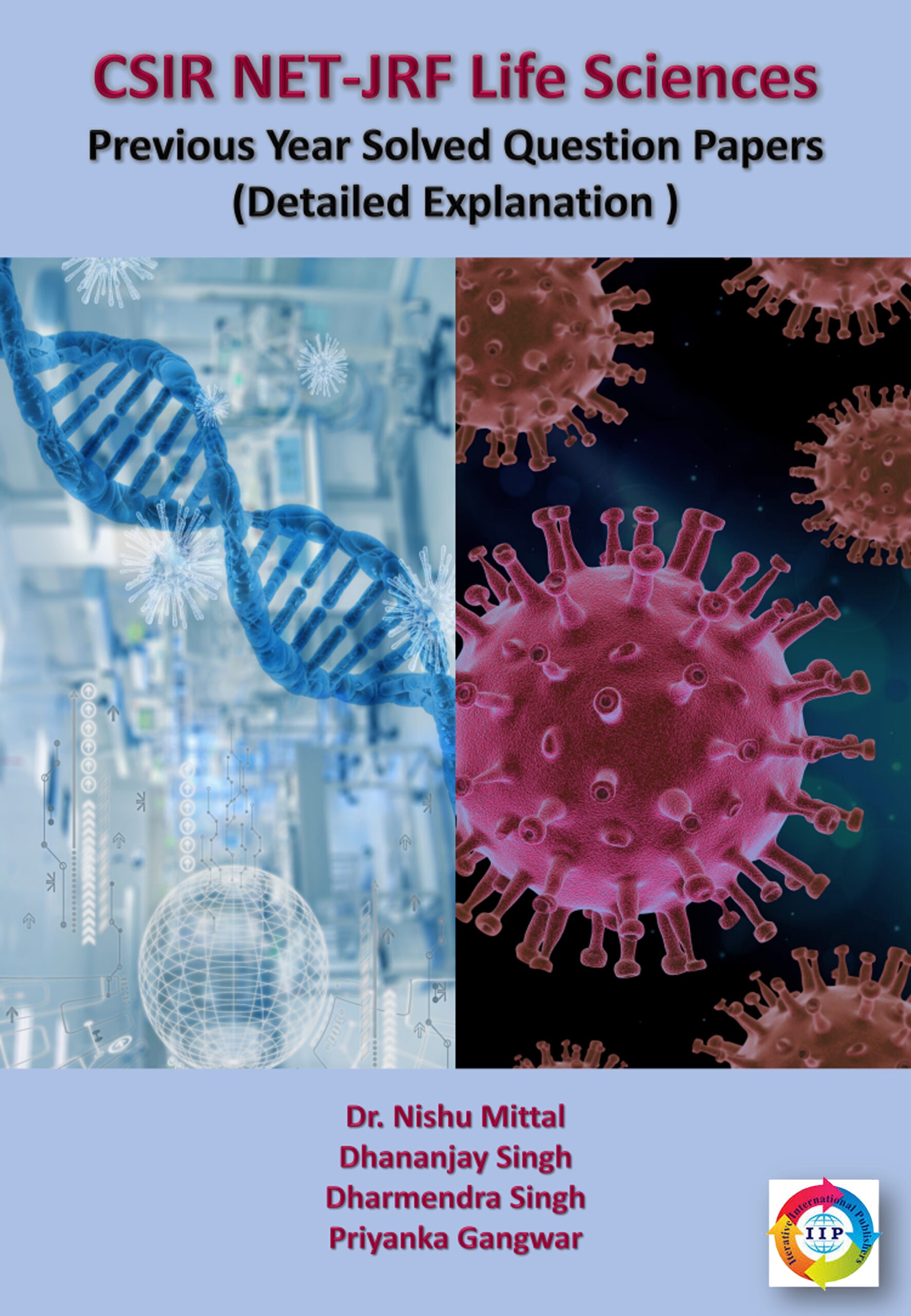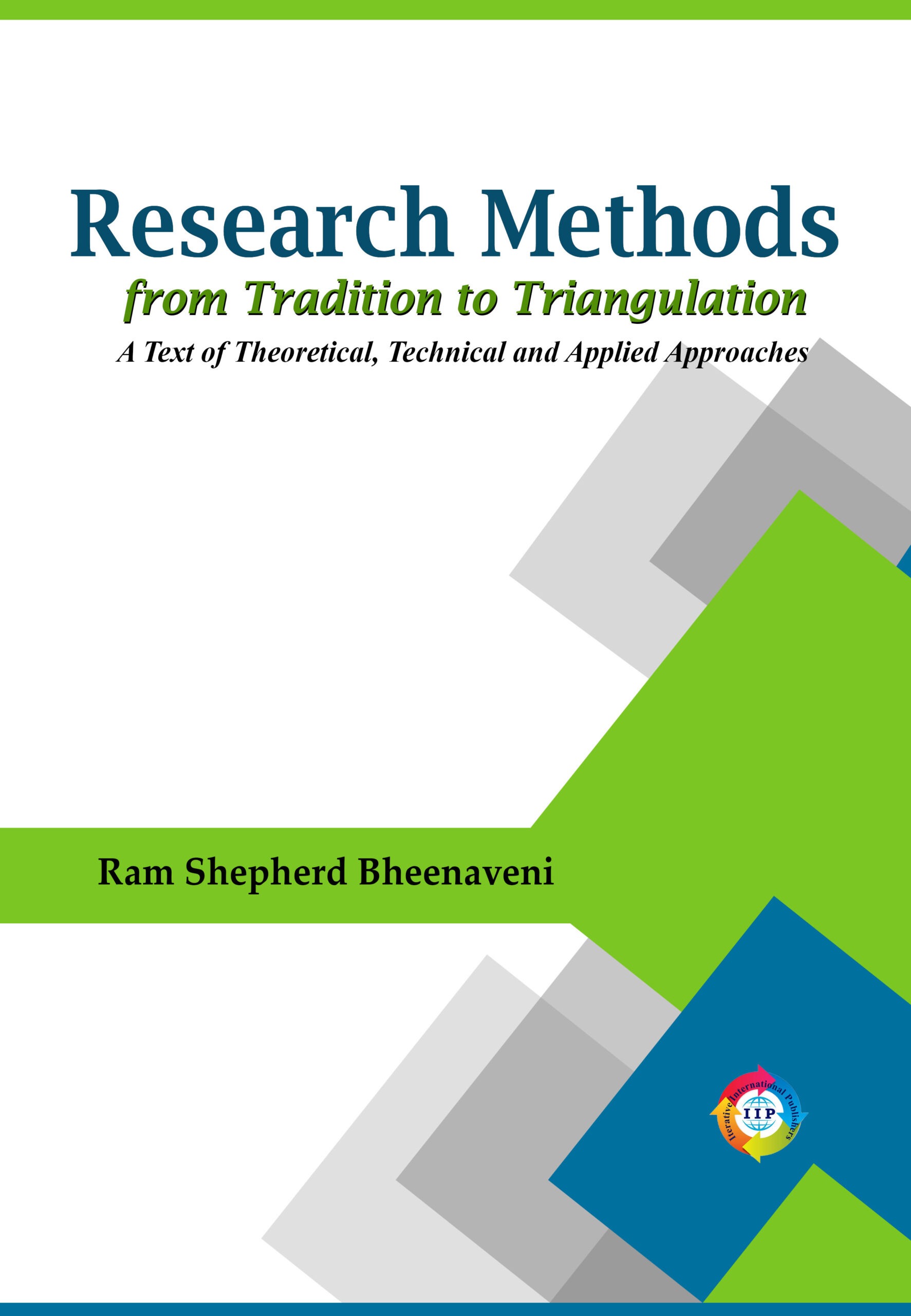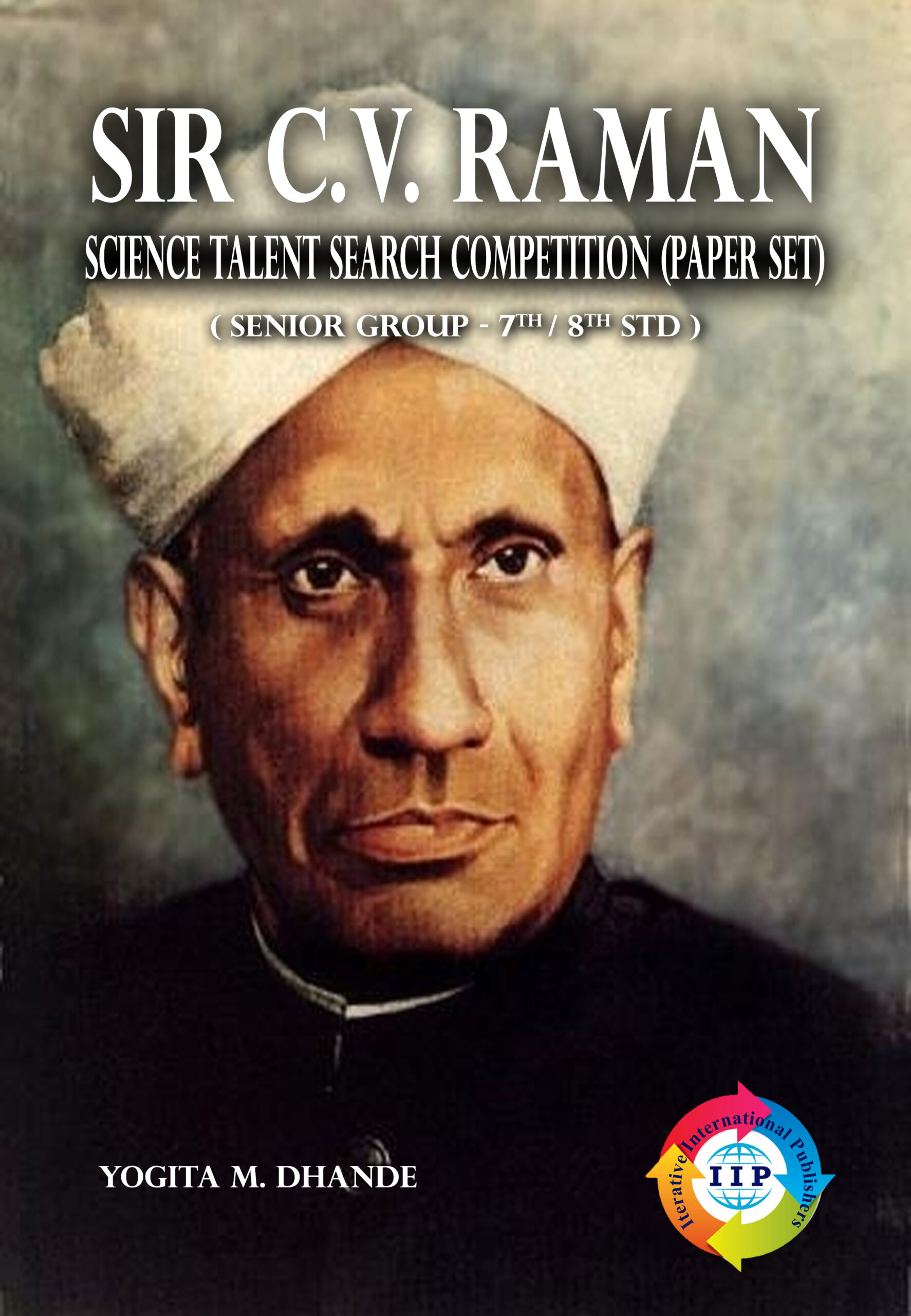Each time the digital wave starts knocking against the door of technology, it creates a powerful ripple effect that encapsulates several elements that get engulfed and get recognized as novel determinants under what is referred today to as Industry 4.0. The magnanimity of the transformation caused by this industrial technological revolution continues to bookmark more and more requisite factors that could be placed under the umbrella term of global employability. The rate at which industry 4.0 is marking its territory at a global forefront, the industries have now revamped their expectations and evaluation processes of hiring their prospective employees. The fourth industrial revolution has formulated an ecosystem for idyllic hotbeds of inventions and has paved its roots to transport technology beyond human intervention through digital and mechanical ambits of Artificial Intelligence.
Though the industry has faced an exponential paradigm shift from mechanization and electrical to automation and digitalization, its parallel counterpart, the academic sphere, continues to function on the conventional framework of the dissemination of knowledge. To elaborate, the up gradations of pedagogical processes and curriculum have demonstrated a relaxed increase in the developmental graph as compared to the industry for which the academia aspires to train its graduating students. Consequently, the scope and expectations of the modern industrial market from their employees have metamorphosed from a majorly technical- based to a cognitive- ability based model. This, in turn, proves the need to manage the Higher Order Cognitive Skills (HOCS) and to create “Soft Intelligence” driven employees to combat challenges that automation poses for the potential labor force. In this era, even though an extensively technologically advanced one, the industry’s exigencies have radically inclined towards the non-technical skills and soft intelligence to mark the evolutionary trend of Artificial Intelligence. While stakeholders of the Higher Education Institutions too, are emphatic about training students in the domain of the core technical skills, the global industrial market claims otherwise, thus leading to an evident misalliance between what the graduates possess and what they actually require to implement in their professional sphere. This misalliance also holds majorly responsible the educators of today who, according to several studies and the current rate of employment of graduates, lack the HOCS as well as the soft intelligence quotient to impart to the students who, in turn, fail to display the same in their professional space thereby turning out to be professionally incompetent to thrive in the market.
Hence arises the dire need to emphasize on the training of the faculty members of HEIs in the domain of soft intelligence and moreover, delivering and enhancing these skill sets effectively within the students. The book aims to highlight the role of these faculty members who would adopt the role of facilitators, ideators and experts in Soft Intelligence and bridging the gap between the skills that they acquire and the requisite skills of the future industry.
With the objective of bridging the aforementioned gap and preparing the graduates of the HEIs of India for the future job market of 2030, this book identifies crucial intrinsic and extrinsic soft skills required for both faculty and students along with its relevance and applicability in both the present and future jobs scenarios. Hence, these Soft Intelligence Training Modules are specifically designed to enhance and enable their employability in tandem with requisites of the latest industrial market. The aforementioned training modules have been curated to skill two subjects namely, the faculty and the graduating students of the HEIs of India to produce graduates with the ideal attributes required to function alongside and efficiently with machines and render them employable and competent for the jobs emerging in 2030.
To conclude, all the aforementioned techniques of embedding the Soft Intelligence within the faculty and ultimately the students, would revolve around the fact that soft employees are the need of the day and that soft intelligence is the aspect that would create a pedestal to support artificial intelligence and lead the world to an evolutionary state of excellence in the future jobs of 2030.









Reviews
There are no reviews yet.